
Droits de l’ Homme 1789


In de achttiende eeuw werden de laatste delen van de wereld in kaart gebracht en legde Engeland de basis voor een wereldrijk. In Londen had men niet alleen grote behoefte aan kaarten van de overzeese gebieden maar ook aan topografische landschappen. Fotografie bestond nog niet dus legden kunstenaars vast hoe het er in den vreemde uitzag. Zo kwam in de achttiende eeuw in Engeland de aquarelkunst tot bloei. In vergelijking met olieverf is waterverf gemakkelijk te hanteren en kan er snel mee gewerkt worden. Vandaag: John Warwick Smith (1749 – 1831)

In de achttiende eeuw werden de laatste delen van de wereld in kaart gebracht en legde Engeland de basis voor een wereldrijk. In Londen had men niet alleen grote behoefte aan kaarten van de overzeese gebieden maar ook aan topografische landschappen. Fotografie bestond nog niet dus legden kunstenaars vast hoe het er in den vreemde uitzag. Zo kwam in de achttiende eeuw in Engeland de aquarelkunst tot bloei. In vergelijking met olieverf is waterverf gemakkelijk te hanteren en kan er snel mee gewerkt worden. Vandaag: John Webber (1751-1793)
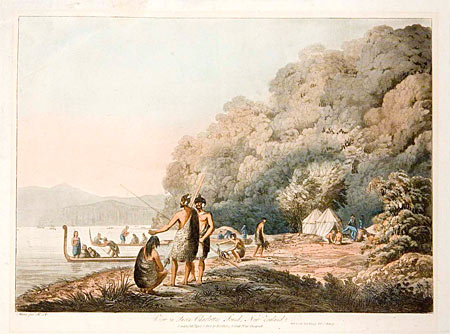
John Webber was een van de kunstenaars die meevoer met James Cook tijdens zijn derde reis (1776-1780). De reis voerde via Kaapstad naar Tasmanië, dat toen nog Van Diemensland heette. Vanuit Nieuw-Zeeland begonnen de HMS Resolution en de HMS Discovery de Stille Zuidzee te verkennen. Rarotonga, de Cookeilanden en de Australeilanden werden ontdekt. Webber maakte niet alleen tekeningen en aquarellen van de landschappen maar ook van de inheemse bevolking. In 1779 was hij de eerste westerse kunstenaar die Hawaï bezocht.
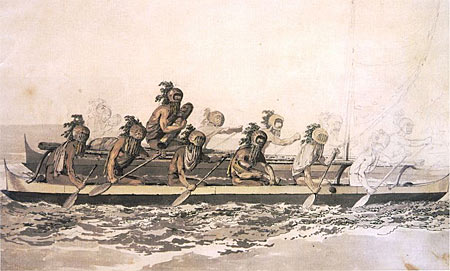
 In de voetsporen van Heidegger
In de voetsporen van Heidegger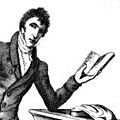 Voetnoten bij de 19e eeuw
Voetnoten bij de 19e eeuw Amerikaanse Burgeroorlog
Amerikaanse Burgeroorlog Napoleon en zijn schilders
Napoleon en zijn schilders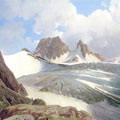 Landschapsschilders uit de Goethezeit
Landschapsschilders uit de Goethezeit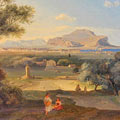 Schilders in Italië
Schilders in Italië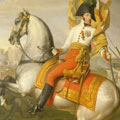 De schilder en zijn broodheer
De schilder en zijn broodheer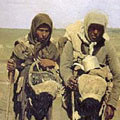 De waakzaamheid van het hart
De waakzaamheid van het hart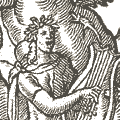 Ovidius’ Metamorphosen
Ovidius’ Metamorphosen Dantes Divina Commedia
Dantes Divina Commedia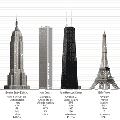 Wolkenkrabbers
Wolkenkrabbers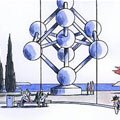 Op zoek naar de atoomstijl
Op zoek naar de atoomstijl Een avontuur van luitenant Blueberry
Een avontuur van luitenant Blueberry My favourite things
My favourite things